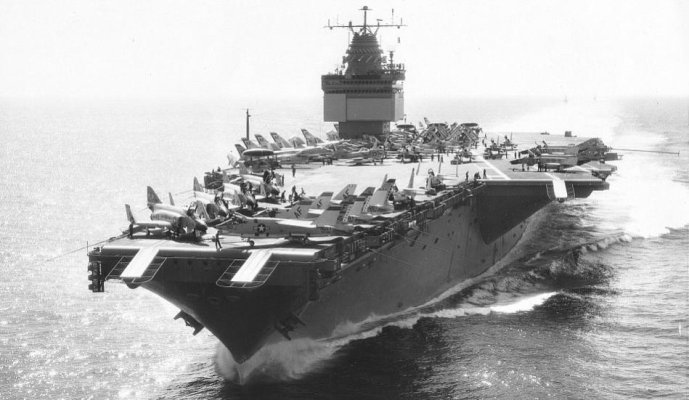I do not yet own a boat but am looking at 50 foot Trawlers for my wife and I to perhaps live aboard and move to WA state and cruise the Orcas and Inland Passage.
I am very, very well versed in electricity, Amps, Watts, RF, current etc.
Do these boats really have that large of an electric load requiring a 20 KW generator?
My entire house without the spa or AC draws less than 3KW as measured by me. I use an Amp probe, Kill-0-Watt meter and my new PGE smart meter displays current load.
I have four freezers, an 1800 Watt microwave, four ceiling fans, a large entertainment center, washer, dryer, dishwasher, 28 outdoor 75 Watt motion lights and more. If I were to include the AC and spa with pumps and E heat on add 10KW for a total house draw of roughly say 13KW.
But this never happens as we do not use the spa when running the AC.
I notice the boats I am looking at include a 3-4 KW inverter that sounds about right for a boat at anchor unless it has electric cooking then I understand the need for some more juice but not 20 KW.
So tell me please what systems do you require for a day at anchor from say 3 PM to 8 AM.
The bridge stuff looks to be all DC, so there is efficientcy saved there.
Most have converted to LED lights.
Some stuff going on in the engine room, OK, what is it and what does it draw?
Air handler/fan?
So, a refrigerator, freezer, a radar, VHF radio, safety and mood lighting, entertainment center OK, but still no where near 20 KW. (My 3 ton AC draws 60 AC Amps or 7200 Watts.
I assume charging all batteries takes place while underway from an Alternator or dockside power. If and when I purchase a boat I will consider a small wind generator.
So why a 20KW generator?
No flaming please, serious questions.
Thanks,
I am very, very well versed in electricity, Amps, Watts, RF, current etc.
Do these boats really have that large of an electric load requiring a 20 KW generator?
My entire house without the spa or AC draws less than 3KW as measured by me. I use an Amp probe, Kill-0-Watt meter and my new PGE smart meter displays current load.
I have four freezers, an 1800 Watt microwave, four ceiling fans, a large entertainment center, washer, dryer, dishwasher, 28 outdoor 75 Watt motion lights and more. If I were to include the AC and spa with pumps and E heat on add 10KW for a total house draw of roughly say 13KW.
But this never happens as we do not use the spa when running the AC.
I notice the boats I am looking at include a 3-4 KW inverter that sounds about right for a boat at anchor unless it has electric cooking then I understand the need for some more juice but not 20 KW.
So tell me please what systems do you require for a day at anchor from say 3 PM to 8 AM.
The bridge stuff looks to be all DC, so there is efficientcy saved there.
Most have converted to LED lights.
Some stuff going on in the engine room, OK, what is it and what does it draw?
Air handler/fan?
So, a refrigerator, freezer, a radar, VHF radio, safety and mood lighting, entertainment center OK, but still no where near 20 KW. (My 3 ton AC draws 60 AC Amps or 7200 Watts.
I assume charging all batteries takes place while underway from an Alternator or dockside power. If and when I purchase a boat I will consider a small wind generator.
So why a 20KW generator?
No flaming please, serious questions.
Thanks,


